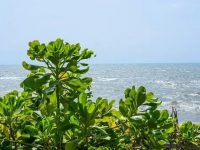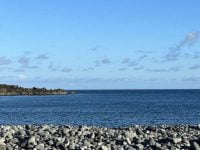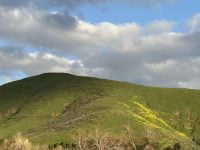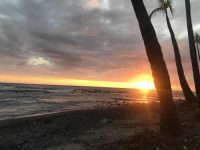Foundation Courses:
Hawai'i Lifeways
Kūkulu He Pūnana ʻIke, "building a knowledge nest," is our series of classes designed for learners to build foundational knowledge of Hawaiʻi lifeways and develop a native perspective.
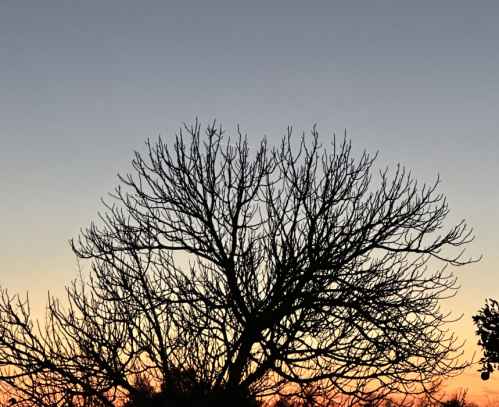
Kūkulu He Pūnana ʻIke
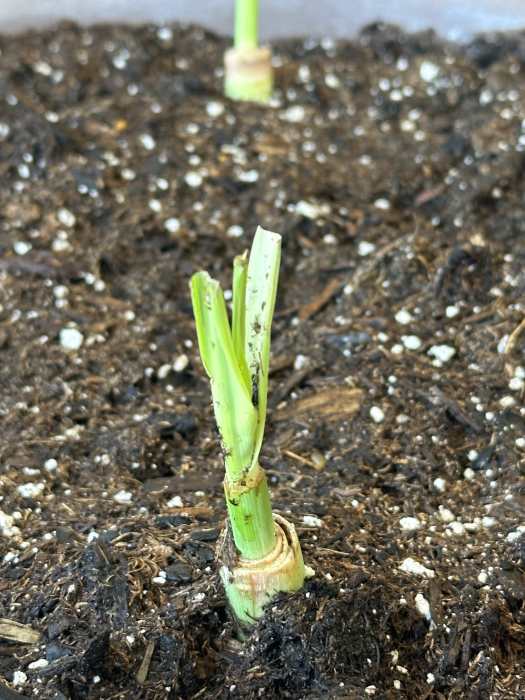
Papa Hua
Welcome to your first step into Hawai’i consciousness and Hawai’i lifeways. In addition to creating a safe space to explore and strengthen native identity, we will develop community connection and awareness of our environmental relationships. In Papa Hua you are the seedling, the new growth, the soft tissue, the first pieces of knowledge to form the structure of your nest of knowledge. You can expect introductions to ‘ōlelo Hawai’i, (language), loina (values), oli (chant), ‘ōlelo no’eau (wise sayings), hula and mele (dance and song). These lifeways are not only part of understanding the Hawaiian landscape, but also connecting to other types of native intelligence.
Papa La'a Lā'au
As you embark on your next level of nest building, you will gather the twigs and branches of knowledge that encompass identity. These integral Hawai’i lifeways help you build both the framework for your nest of native knowledge and your cultural competence. In Papa La’a Lā’au you continue to develop your oli technique, and we continue to discuss loina and how to apply and navigate Hawaiian values in the face of colonization, western value systems, and other challenges faced by those caught up in the diaspora. In addition, you are introduced to new Hawai’i lifeways including ka’ao (epic storytelling and legends); ho’oma’a ke kino (body movement, hula steps); and mo’okū’auhau (genealogy). By helping learners to know themselves more intimately and historically, we can help learners connect to native intelligence and begin to place themselves within the greater cosmology.
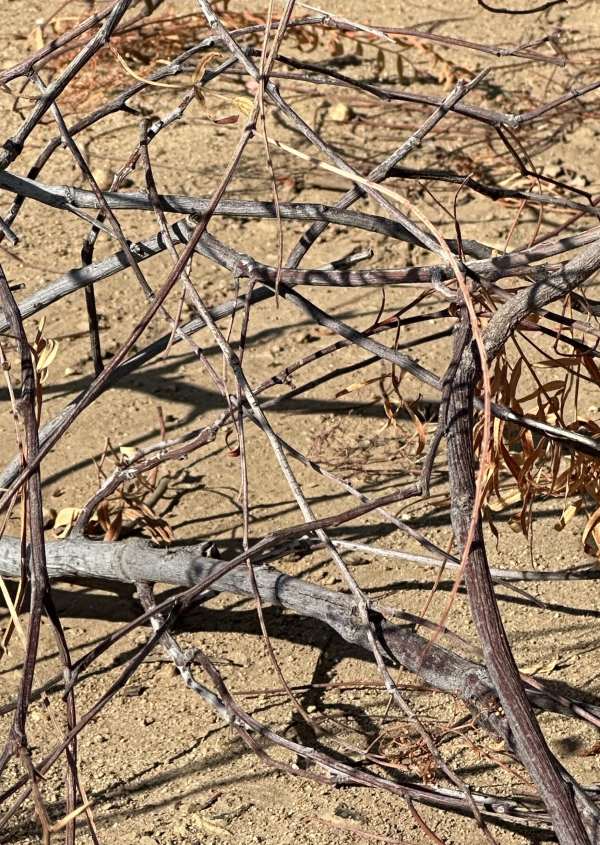
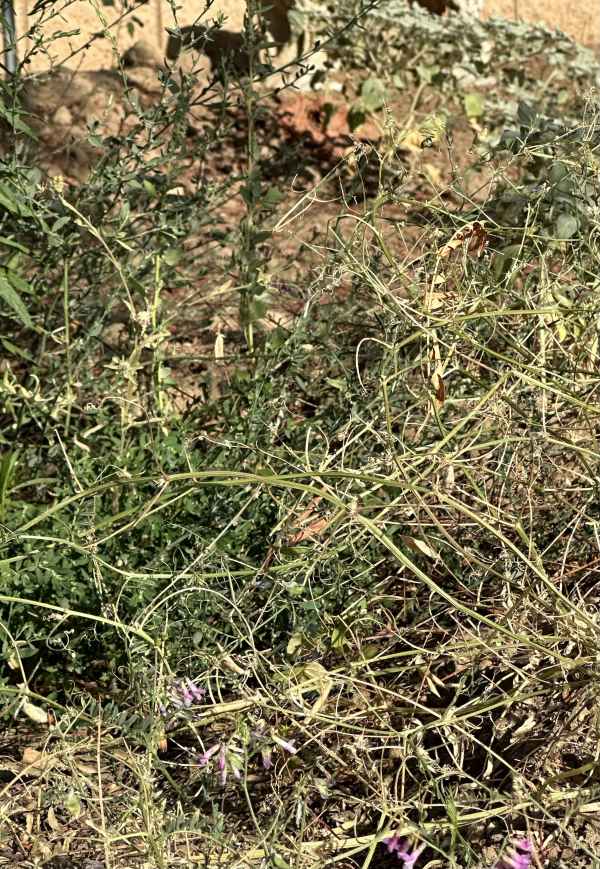
Papa Weuweu
In the previous papa we explored our moʻokūʻauhau and established not only our place in our human ancestry, but also our biological kinship with our environment. As you enter Papa Weuweu, we begin to explore as part of that kinship the role of grasses, those things that give structure, shelter, and stability. By looking at the common and simple residents of our landscape we can begin to deepen our more than human relationships with our ʻāina through practice. This practice includes bringing ourselves down from a position of superiority to a position of equality with our landscape. To humble ourselves before nature is to to begin to examine the world through a weuweu lens.
